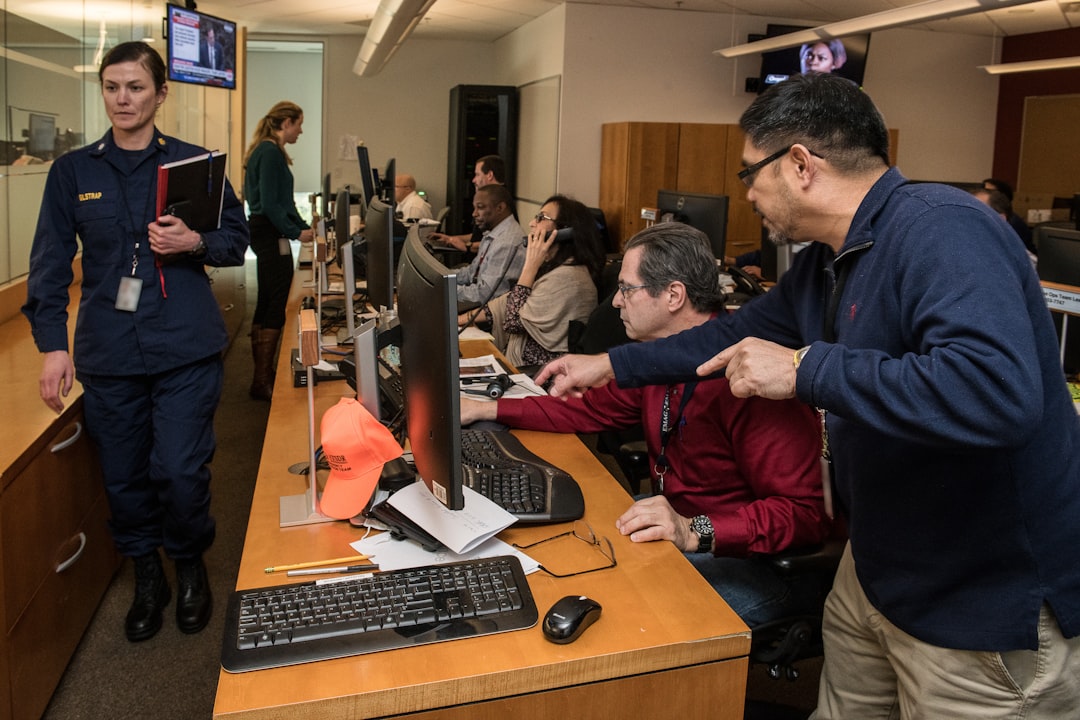The Beginners Guide To (Getting Started 101)
 The Art of Violin Teaching in Santa Barbara
The Art of Violin Teaching in Santa Barbara
As a violin teacher in Santa Barbara, it’s not just about teaching students how to play the violin, but also about nurturing their passion and creativity. Santa Barbara is a city that embodies the spirit of music, with its rich cultural heritage and stunning natural beauty. For a violin teacher, it’s a dream come true to be able to share their love for music with students in this beautiful city.
One of the most important aspects of teaching violin is creating a positive and supportive learning environment. As a violin teacher in Santa Barbara, it’s essential to establish a rapport with your students and make them feel comfortable and motivated. This can be achieved by being approachable, patient, and understanding. By doing so, students will feel more confident and willing to take risks and try new things.
Another crucial aspect of teaching violin is setting realistic goals and expectations. As a violin teacher in Santa Barbara, it’s essential to set achievable goals for your students, taking into account their age, skill level, and learning style. By setting realistic goals, students will feel a sense of accomplishment and motivation to continue learning and improving.
In addition to setting goals, it’s also important to provide constructive feedback and encouragement. As a violin teacher in Santa Barbara, it’s essential to provide feedback that is specific, timely, and actionable. By doing so, students will be able to identify areas for improvement and work on them effectively. Additionally, providing encouragement and praise can help boost students’ confidence and motivation.
Teaching violin in Santa Barbara also requires an understanding of the local music scene. As a violin teacher in Santa Barbara, it’s essential to be aware of the various music schools, orchestras, and ensembles in the area. By being aware of these opportunities, students will have the chance to perform and showcase their skills, which can help build their confidence and passion for music.
In addition to teaching violin, it’s also important to stay up-to-date with the latest teaching methods and techniques. As a violin teacher in Santa Barbara, it’s essential to attend workshops, conferences, and seminars to stay current with the latest research and best practices in violin teaching. By doing so, students will benefit from the latest teaching methods and techniques, which can help them improve their skills and achieve their goals.
Another important aspect of teaching violin is creating a sense of community. As a violin teacher in Santa Barbara, it’s essential to create a sense of belonging among students. By doing so, students will feel more connected to each other and to the music they are learning. This can be achieved by organizing group lessons, recitals, and other musical events.
In addition to creating a sense of community, it’s also important to provide opportunities for students to perform and showcase their skills. As a violin teacher in Santa Barbara, it’s essential to provide opportunities for students to perform in front of an audience, whether it’s at a school concert, a community event, or a professional venue. By doing so, students will have the chance to build their confidence and stage presence, which can help them become more confident and passionate about music.
Teaching violin in Santa Barbara also requires an understanding of the local music culture. As a violin teacher in Santa Barbara, it’s essential to be aware of the various music genres and styles that are popular in the area. By being aware of these genres and styles, students will have the chance to learn and appreciate a wide range of music, which can help them develop their own unique style and sound.
In conclusion, teaching violin in Santa Barbara requires a combination of skills, knowledge, and passion. As a violin teacher in Santa Barbara, it’s essential to create a positive and supportive learning environment, set realistic goals and expectations, provide constructive feedback and encouragement, stay up-to-date with the latest teaching methods and techniques, create a sense of community, provide opportunities for students to perform, and understand the local music culture. By doing so, students will have the chance to develop their skills, build their confidence, and become passionate about music.
 Weighing Rain Gauges
Weighing Rain Gauges
 Stair builders services
Stair builders services  Unlocking the Power of Tampa In Home Dog Training: A Comprehensive Guide
Unlocking the Power of Tampa In Home Dog Training: A Comprehensive Guide
